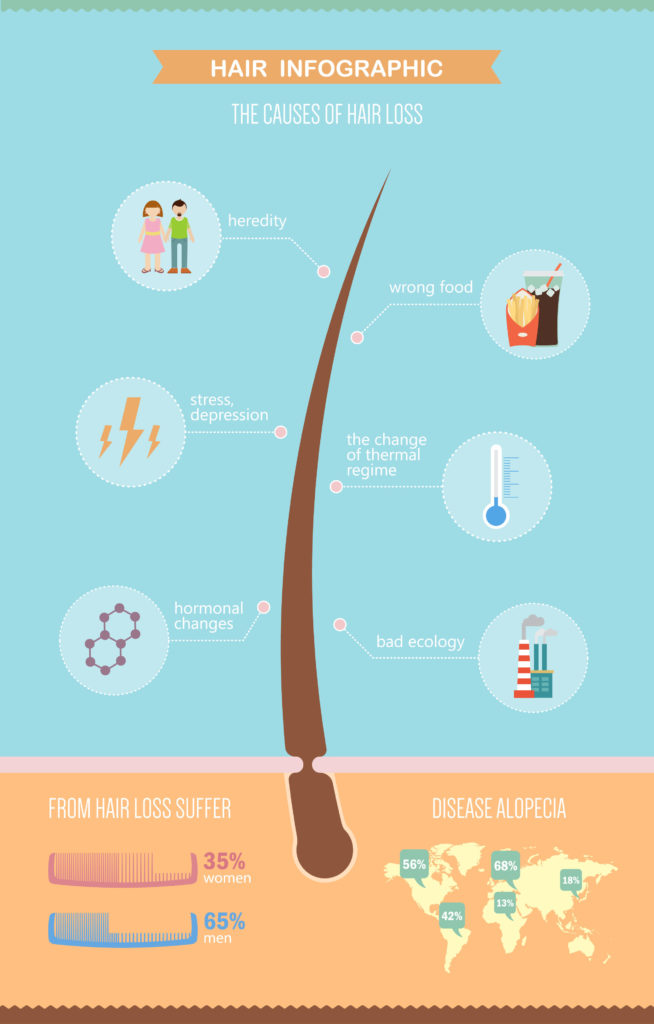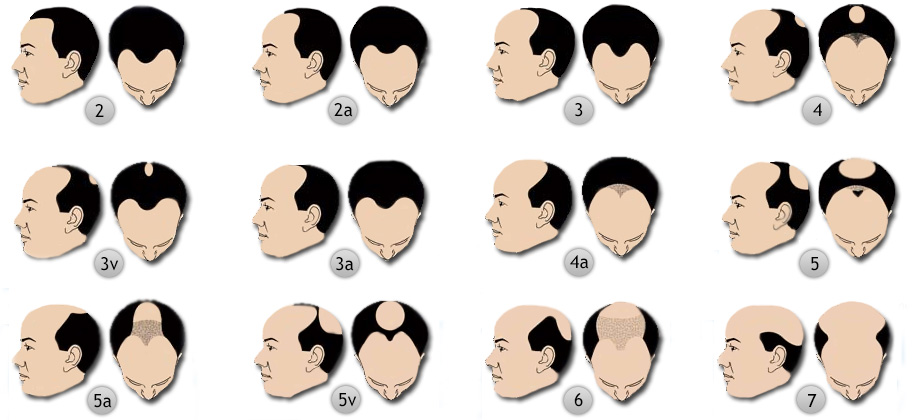TRACTION ALOPECIA
Hair loss or alopecia that occurs apart from genetic reasons can be traction alopecia. Traction Alopecia is Hair loss due to excessive pulling force being applied to hair due to styling or tying hair. Tight braiding or pleating for long periods of time that pulls at the roots causing permanent damage or bald spots. Hairstyles or braiding that pull the hair towards vertex due to tying too tightly can cause for the hairline to recede.
Certain practices like very long hair or dreadlocks can cause traction alopecia due to sheer weight on the hair follicles.
Wearing hair extensions or hair weaves or wigs along with existing hair can pull the hair causing a lot of tension on the hair and promoting fall out.
Males and females can both be affected by traction alopecia due to styling habits or cultural practices. For example, Sikh men are required to grow and tie their hair and beard which results in hair loss that cannot be reversed apart from a transplant.
If you feel relief after untying your hair, or you feel headache because you’ve tied your hair for too long then your hair are under a lot of stress. More often than not, simply decreasing the tension from hair can help control the damage.
Consider visiting us at our clinic in Chandigarh, to let Dr. Sohi help you make this decision that can be life-changing. Let an artist transform the way you look.




